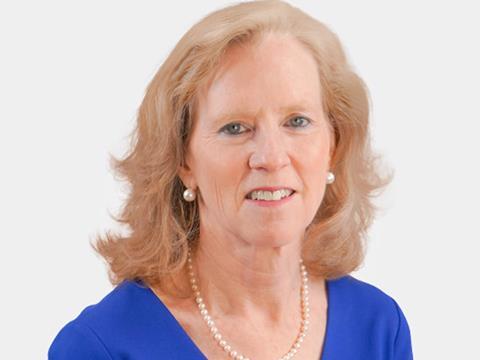
In this article, Carol O’Neill, Group President of BW Packaging Systems, discusses the nuances of what it means to be “sustainable” in different regions of the world and explains why it’s important for global packaging suppliers to build organizational competencies.
As you may know, sustainability is a topic that is very near and dear to my heart. I can remember 20 years ago working in the packaging industry and even then, saying “we need to have an eco-friendly packaging strategy.” People said “eh, you know this is a fad. Environmental consciousness comes and goes.” I remember saying, “Maybe it’s a fad, but wouldn’t we want to be part of coming up with a solution so that it didn’t have to be a fad?”
Today, sustainability is here to stay. It is not a fad. The world has become much more aware of humans’ impact on our environment. As we look ahead, I think we will be – and frankly should be – challenged to use our creativity and our innovation capabilities to work in a way that conserves our precious resources and that minimizes our impact on the world.
The role of global packaging equipment providers
Global packaging equipment providers, like BW Packaging Systems, play a critical role in the supply chain for large and small brand owners. They impact almost every product that you’ll find in a supermarket. While brand owners are trying to run their businesses more sustainably and provide more sustainable packaging for consumers, they rely upon us to provide the equipment that will enable them to do that.
This means we, as equipment suppliers, need to provide equipment that is efficient to operate, minimizes waste, and provides brands with the ability to package products in more sustainable packaging. Because as materials and packaging companies come up with new solutions that are more sustainable, the brand owners with whom we work need to be able to run those materials on their equipment, even if it was installed before those materials were invented.
Our role and responsibility in this whole process is to partner with the materials companies to know what’s coming and to really understand our customers’ needs. This way, we can design equipment that’s not just energy-efficient, but really that’s adaptable, flexible, and can be easily modified to meet new sustainable packaging solutions as the world comes up with them.
Guiding brand owners through their sustainability journeys
When you’re trying to provide CPGs with a solution, not just equipment, what’s helpful to them is if you’ve already figured out how to navigate this landscape. Larger companies like Nestlé or Unilever have armies of people who understand the legislation. But smaller companies really value a supplier that understands the complexity of the space that they operate in. The ability to understand your customers’ journey to finding the right solution is how you will earn their trust.
For example, we certainly see in Europe a much greater level of attention, focus, and frankly cost-benefit with sustainable packaging solutions. The cost of having a non-sustainable packaging solution for a European company tends to be much higher than it is for a U.S.-based company due to legislative differences. But since U.S. companies are selling into Europe, they need to understand the local legislation. As international packaging solution providers, we can help guide these brands through that legislation.
This extends to infrastructure too. For example, most yogurt cups are made from polystyrene (PS) – and while PS is recyclable – it’s a material that isn’t generally recycled. When customers want to move from polystyrene, they come to us and ask for alternatives. If you’re operating in Denmark or another country where there’s a very robust industrial composting network, we might say let’s look at PLA because, as a compostable corn-derived bioplastic, PLA might have all those attributes we’re looking for. If you’re operating elsewhere, we might recommend PET because, like PS, it’s a petroleum-derived plastic, except it is highly recycled.
So, what is the right evolution when you’re coming from a non-sustainable packaging solution? It really depends on your region’s infrastructure, legislation, and several other factors. How do our brand owners navigate that? That’s part of what we as global packaging suppliers do. We bring that expertise to help them make the right decision about what their packaging solution should be.
Systemic organizational change
As leaders in global business, we need to find new ways to build the organizational competency that will truly drive innovation in this area of sustainability. To me, that’s a multi-faceted challenge. It requires broad expertise and cooperation because sustainability is so complex.
For my team, this means having people who bring expertise and knowledge in a wide array of different packaging solutions. It also requires strong industry relations and alignment with materials and packaging suppliers because we don’t want to sell our customers a piece of equipment that is going to be obsolete in two years.
As my team is spread across the world in all our 28 manufacturing facilities, process becomes essential. We are constantly collecting customer feedback, testing new materials, and sharing our findings across the organization to create sustainable change for our customers and the planet. As the leaders and organizations of the future, this is the systemic change that we need to embed in our organizations.











